We mentioned going to Dublin to view an aircraft which was for sale. Here it is:
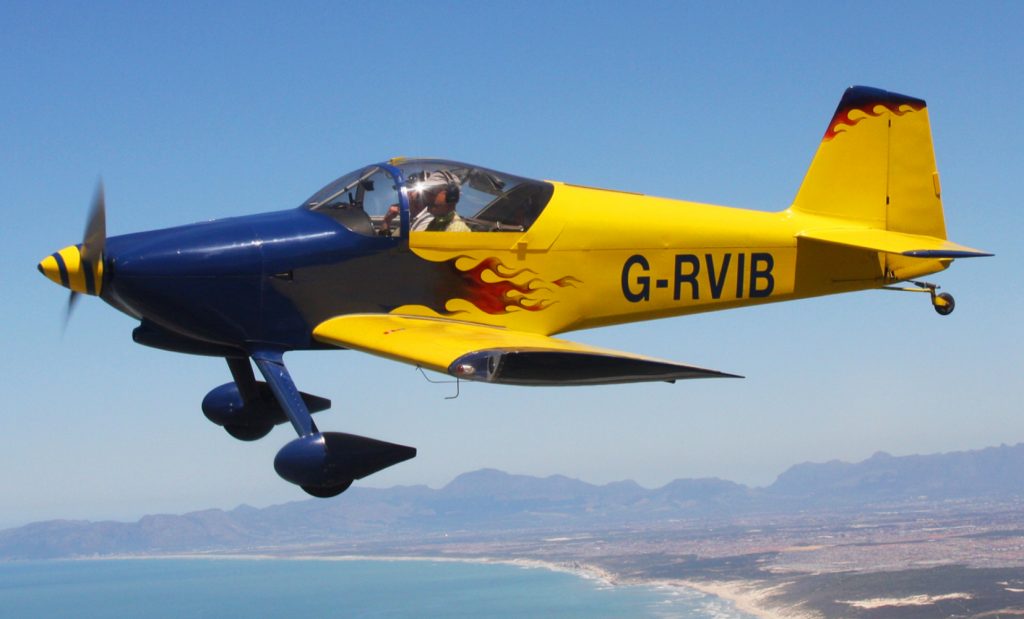
It’s a VANS RV6, built from a kit produced in Oregon. Both of my loyal readers may remember my trip to Inverness to view an RV-7 last year, and the subsequent purchase of a preview plans set (see April 2018 – for some reason I can’t embed a link here).
Vans are the most popular kit planes out there, with over 10,000 flying worldwide. G-RVIB was completed in 2002 and since then has flown about 1700hrs, including a monster epic trip to Cape Town. As it was for sale, and the price was right, and we could bypass the build process, we decided to go and have a look.
We took the ferry from Scotland and drove to Weston Airfield on the edge of Dublin. There we met the owner and saw the aircraft in the hangar:
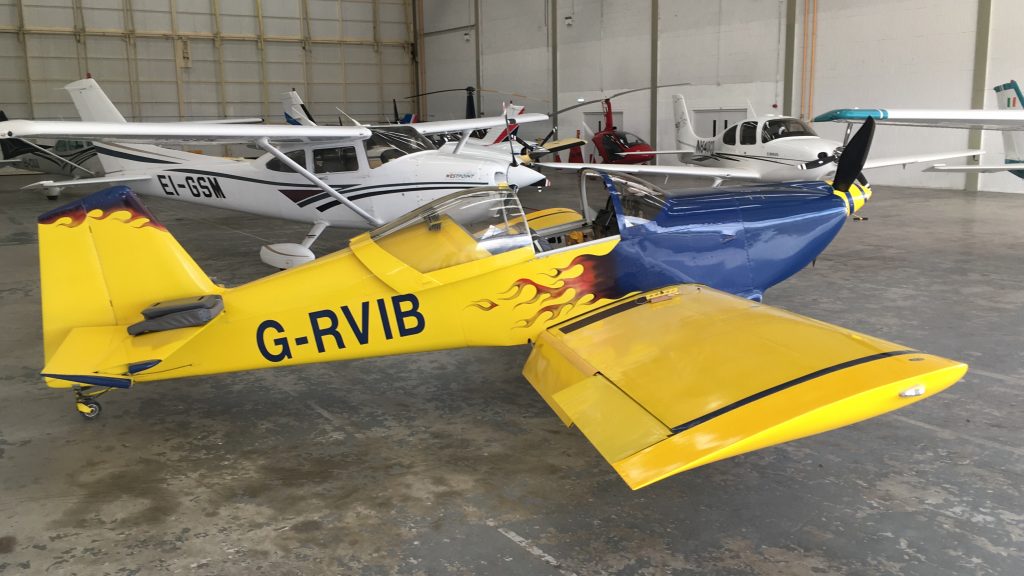
First things first. Do I fit.? Do both of us fit? We went to see a lovely Lancair in the summer and while we did fit in it in terms of legroom, width and so on, we couldn’t get the canopy closed. So we had to let that one go.
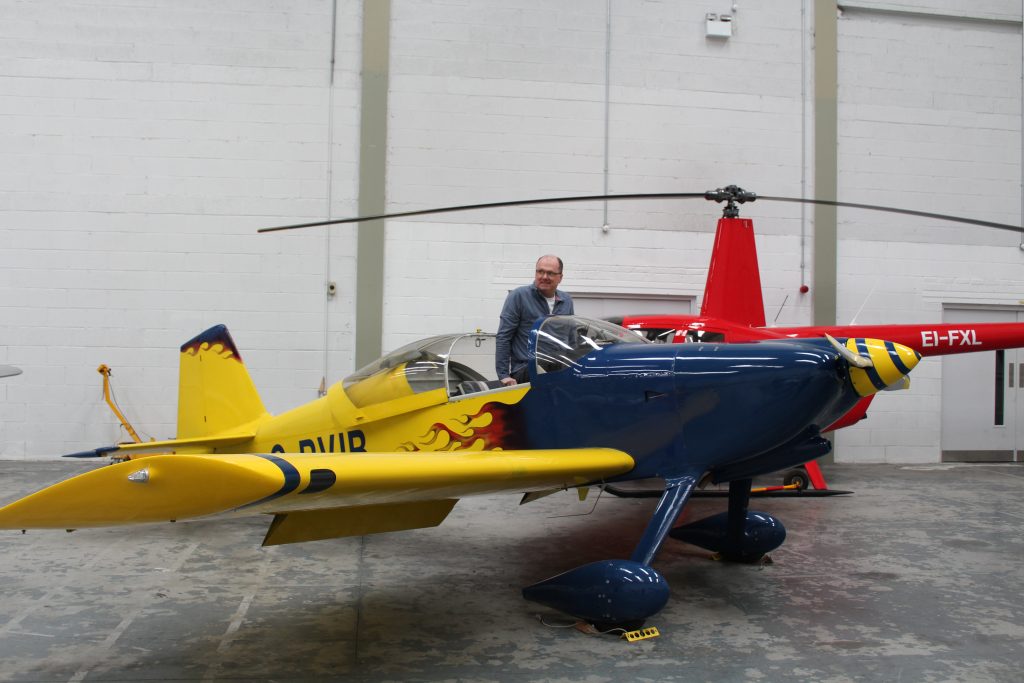
Luckily there was headroom for both of us with headsets, so we got onto the serious stuff. First a good look at the cockpit and instrument panel:
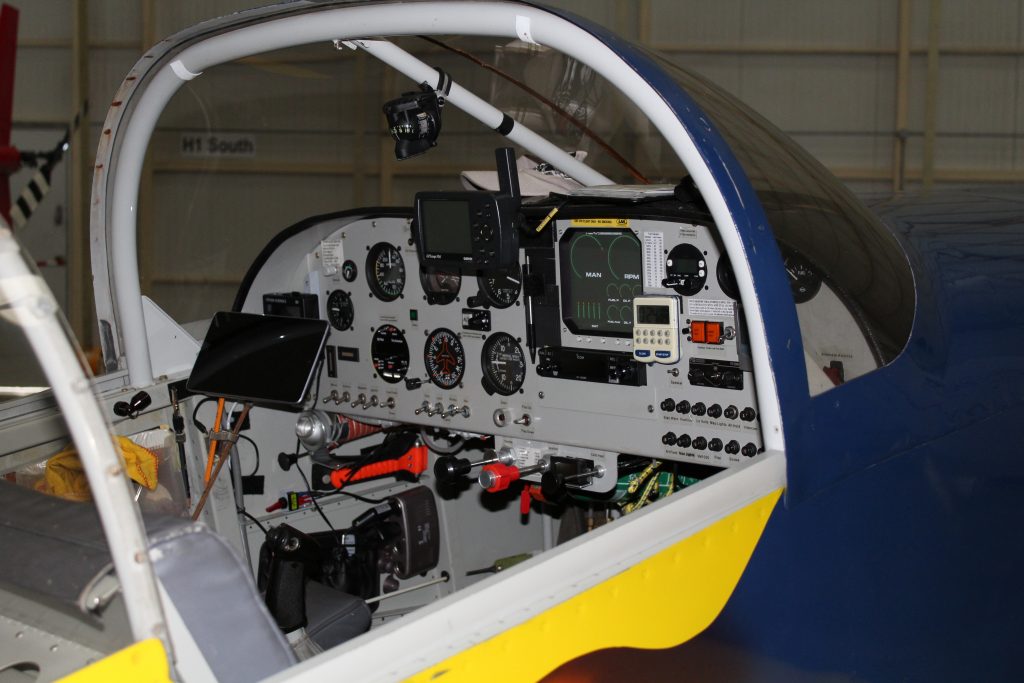
The panel is well equipped, with good avionics (8.33 radio and Mode-S transponder), digital engine monitor, GPS unit feeding info to the autopilot and a tablet running Skydemon. Comfortable side by side seating with loads of legroom. The two red lights on the right are low fuel warnings for the auxiliary tanks installed in the wingtips – these increase capacity from 140 litres to about 210 giving up to 9 hours endurance if flown properly. My bladder would have exploded by then.
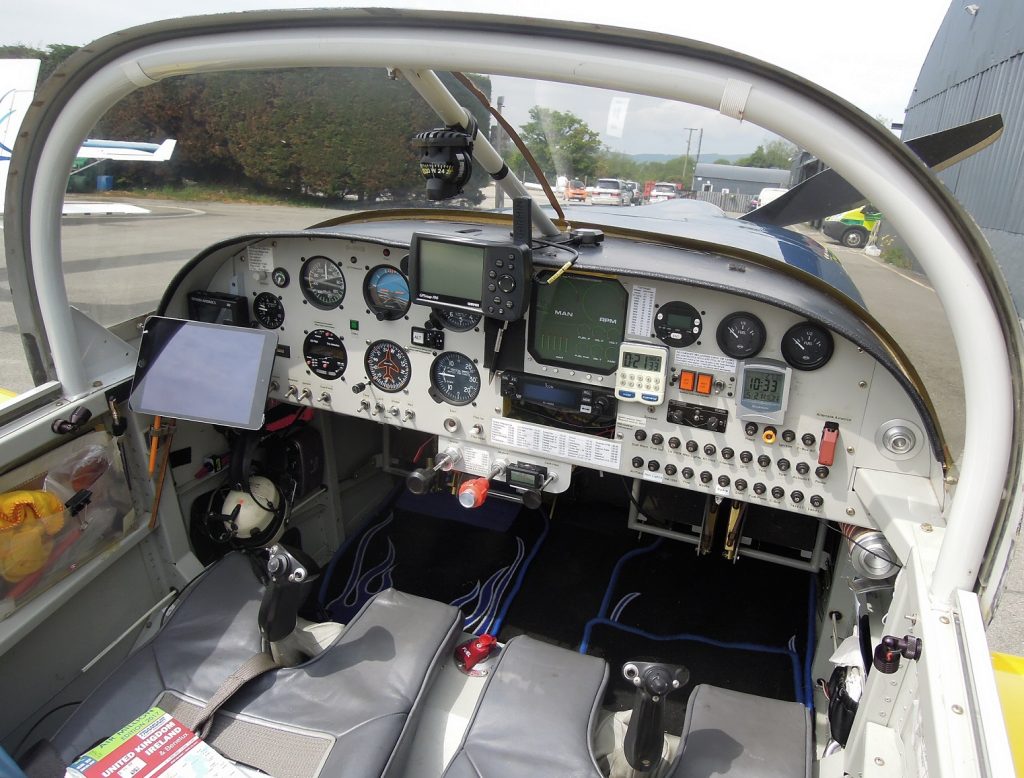
Notice the control columns festooned with buttons and switches. This is one half of what the military call HOTAS (Hands On Throttle And Stick) which means every button and switch you may need in flight is at your fingertips. No need to take your hands from the controls. In something meaty like an F/A-18 your fingertips can control talking on the radio, selecting and firing different weapons, operating the radar, changing the cockpit displays, switching from air-to-air mode to air-to-ground mode and many others. In this case there is a push-to-talk for the radio, elevator trim control, aileron trim control, autopilot disconnect, flap control and bomb release. I made the last one up.
Then it was time to inspect the engine…
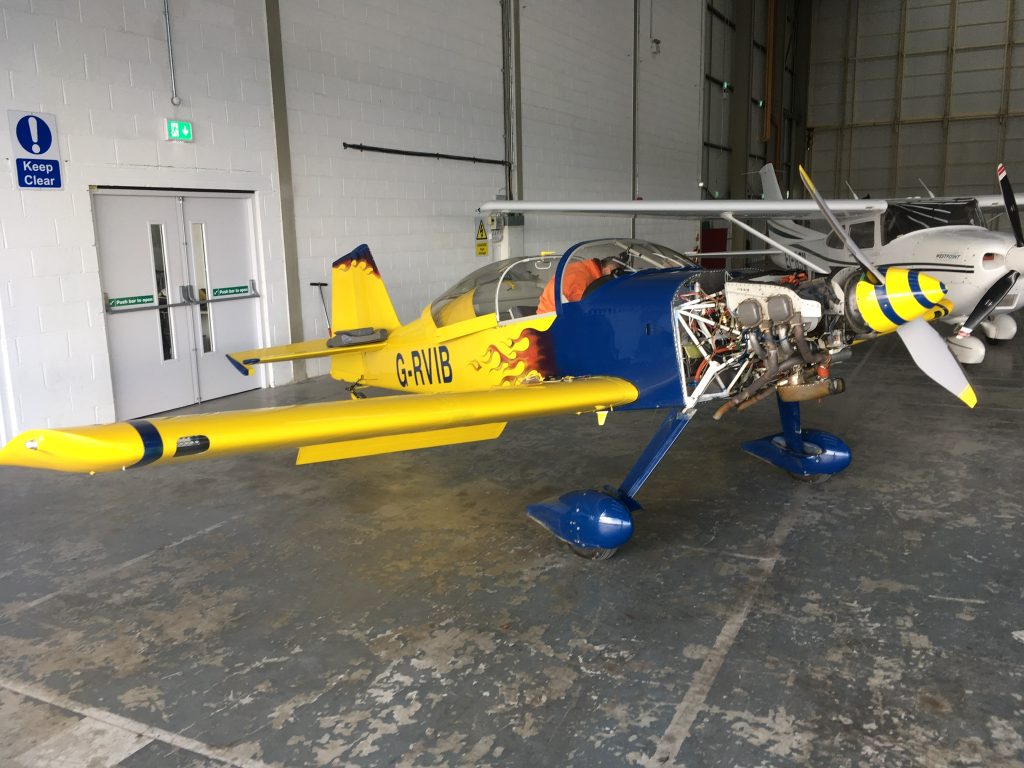
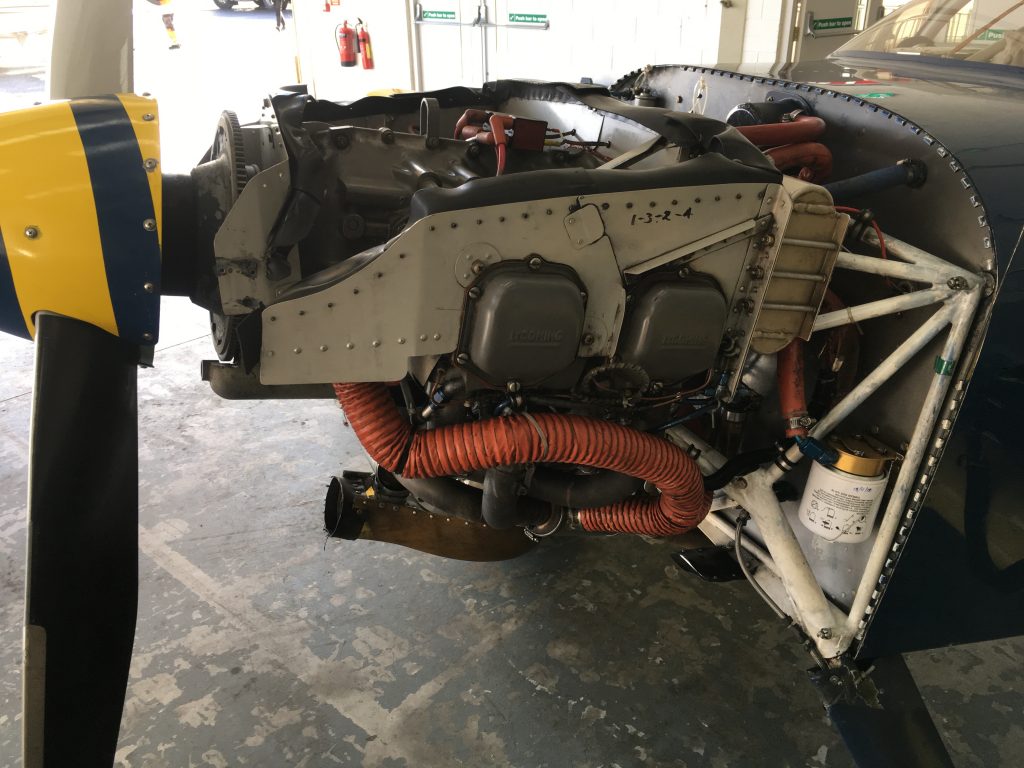
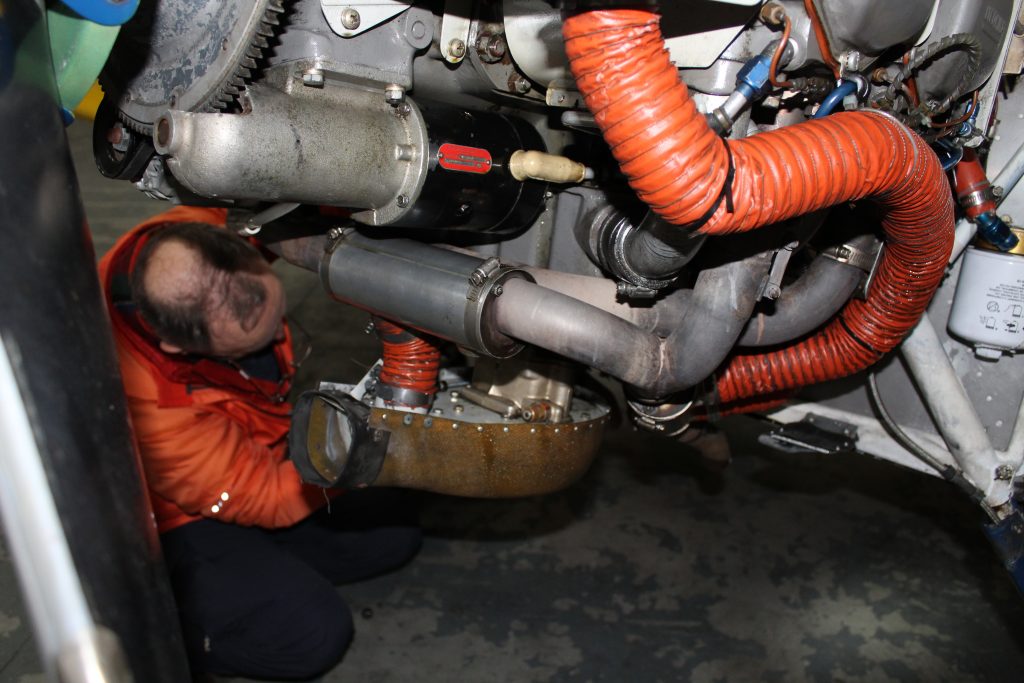
And a look under the seats at all the stuff under there:
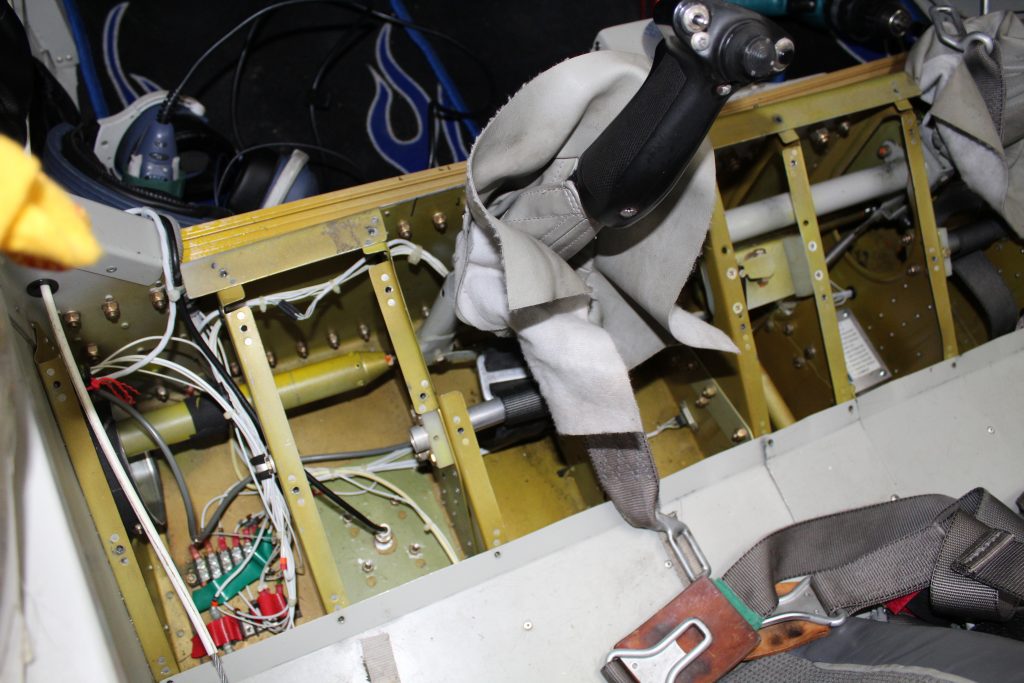
Once we’d looked at all that we could look at it was time to go for a quick flight…
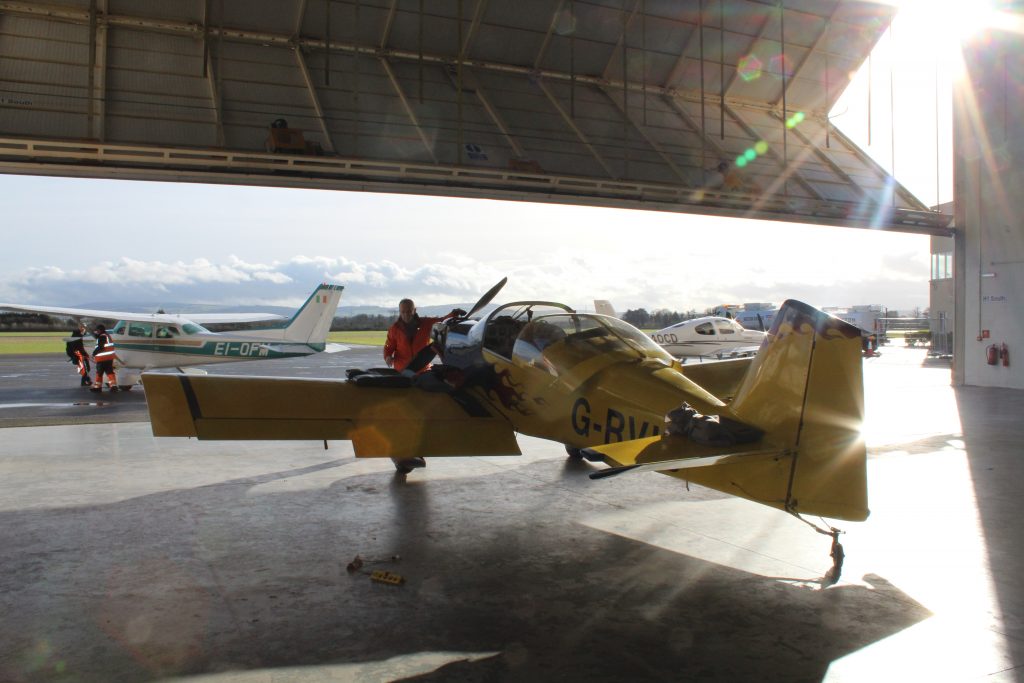
No photos of the flight, I was too busy having fun. Brenda was watching from the restaurant and said the takeoff seemed really quick. The aircraft has a fixed pitch cruise prop so I wasn’t expecting anything sparkling but even so, the ground roll seemed quite short.
What was interesting was the fact that as we accelerated, the prop was getting more and more efficient, and the speed just kept building up. I didn’t notice the speed at which we broke ground, but the sight picture was all wrong as we whipped over the airfield boundary in a gentle climbing turn to the right…I did glance in to check and saw 120 knots on the ASI, that’s 50 knots faster than the Sting would be going at the same point.
Levelling off under the Dublin TMA we continued to accelerate. Peter says the flat out cruise at low level is about 160 knots. Throttling back a little to save fuel can still give a respectable 140 knots – 20 faster than the Sting so good for going places.
Peter loves fuel efficiency. He has found that throttling right back to about 50% gives an indicated airspeed of 125 while flying at 8000 feet and a true airspeed of 135, while getting 5 nautical miles for every litre of fuel burnt. Great for going long distances, although we might have to buy some NASA nappies.
We floated around Ireland for a bit:
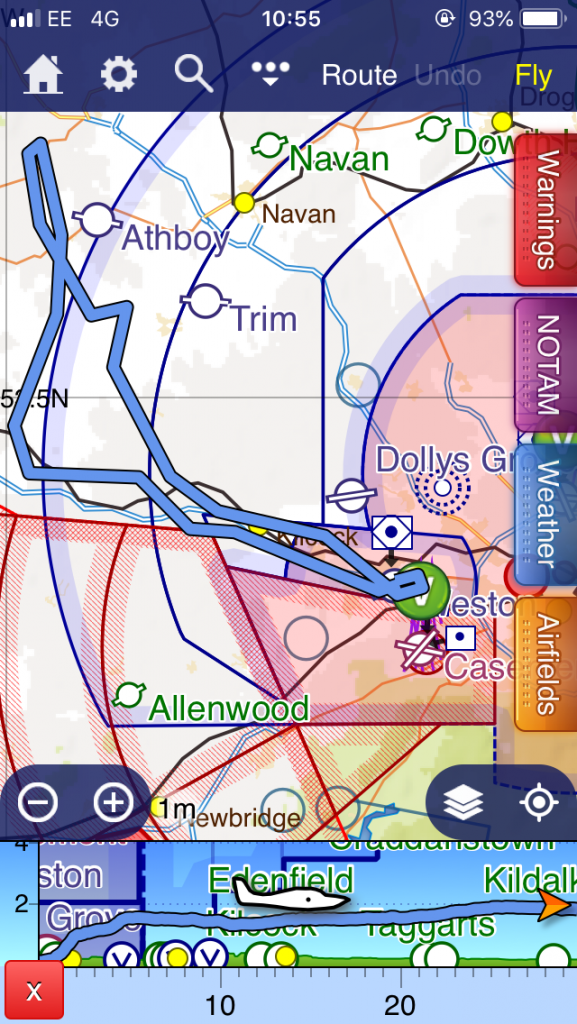
After landing I decided that I REALLY like this aircraft, but didn’t want to jump head first into anything. We agreed to meet the next day at the airfield for more discussion. I took the engineering worksheet folder to the hotel for some light reading and found it to be very well organised and neat, a complete record of work done on the aircraft since the beginning…if the paperwork is meticulous it gives an idea of the mentality of the owner and their attitude towards maintenance.
In this case, Peter is an accountant so it may just be “accountant’s neat” – but the aircraft and paperwork together offered a compelling argument.
So, YES, we agreed to buy the RV6. Excited!
The only problem is the registration. Sigurd Martin is Swedish phonetic alphabet for SM, the registration of the Sting. India Bravo translates as Ivar Bertil.
There is no way I’m changing the blog name to Ivar Bertil. No way. Sigurd Martin will just have to stand for something else. Like…Speed Machine?
